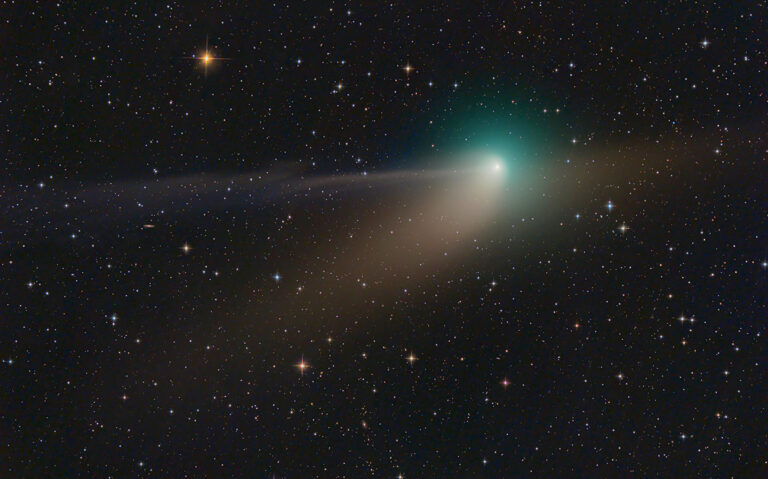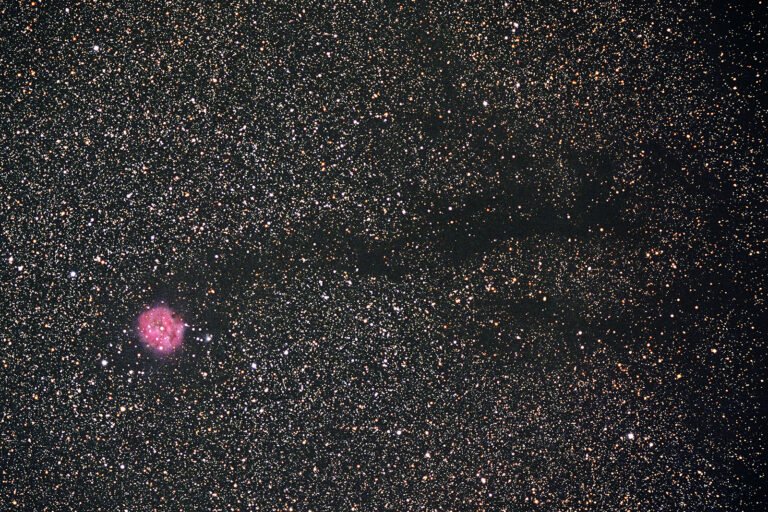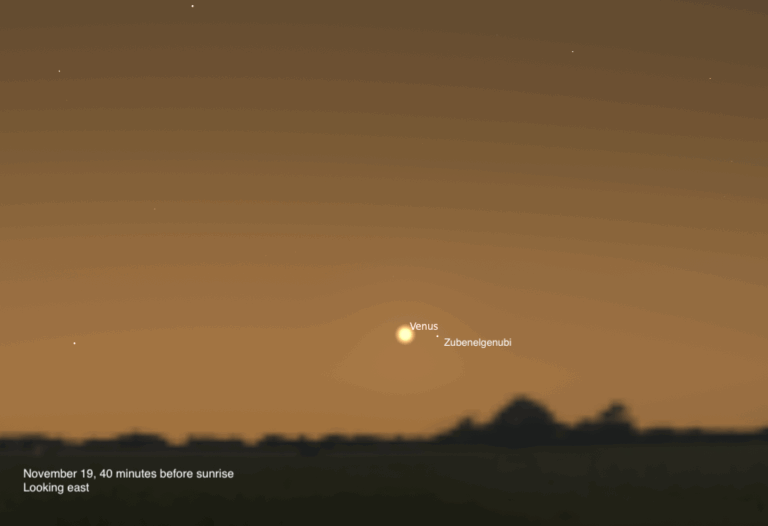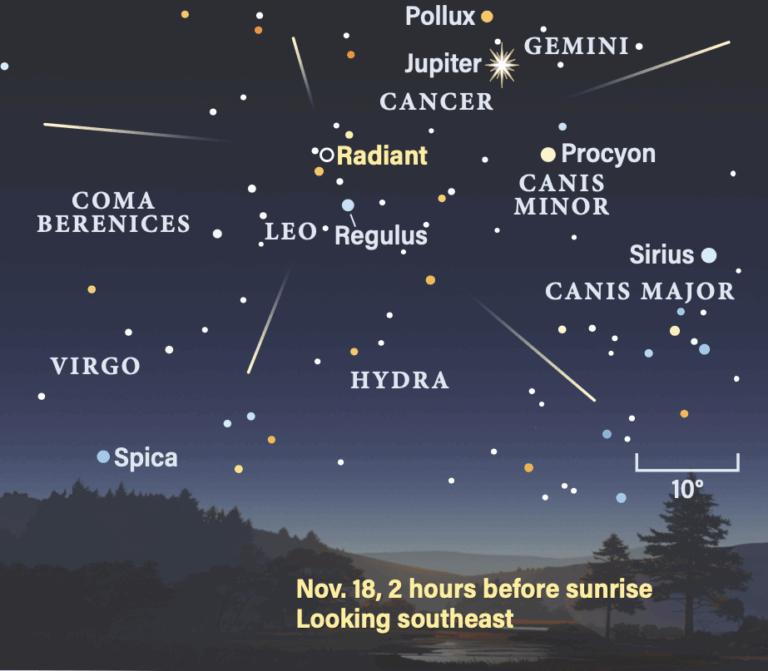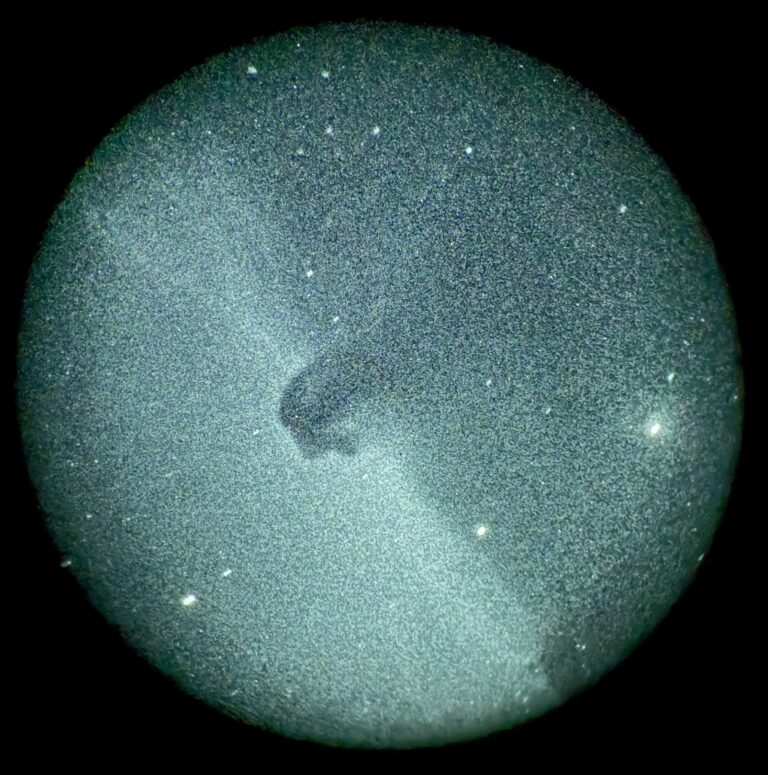Key Takeaways:
When Comet 17P/Holmes burst on the scene last week — brightening by a factor of a million in just 2 days — no one knew for sure how long it would last. The good news: The comet continues to put on a nice show for Northern Hemisphere observers the whole night.
The nearly unprecedented outburst raised Comet 17P/Holmes from a 17th-magnitude object visible only through large telescopes into plain view without optical aid. The comet now shines at 2nd magnitude and has yet to show any signs of dimming.
The comet lies about 30° high — one-third of the way from the horizon to straight overhead — at 9 p.m. local daylight time. It then appears about twice as high as the bright star Capella. For observers at mid-northern latitudes, the comet climbs directly overhead between 2 and 3 a.m. Even better, the waning gibbous Moon doesn’t rise until around 11 p.m. Halloween night, and it comes up about an hour later (with less of it lit) each succeeding night.
Unlike most bright comets, Holmes doesn’t possess a long tail. To the naked eye, it looks like a modestly bright star. But the major surface eruption that caused the comet’s outburst ejected tons of dust into its vicinity. Binoculars easily reveal the comet as a fuzzy blob, and telescopes have started to show some details. Any tail, however, points mostly away from Earth, so don’t expect a major show in that regard. Comet Holmes currently lies 150 million miles (245 million km) from Earth and 230 million miles (370 million km) from the Sun.


